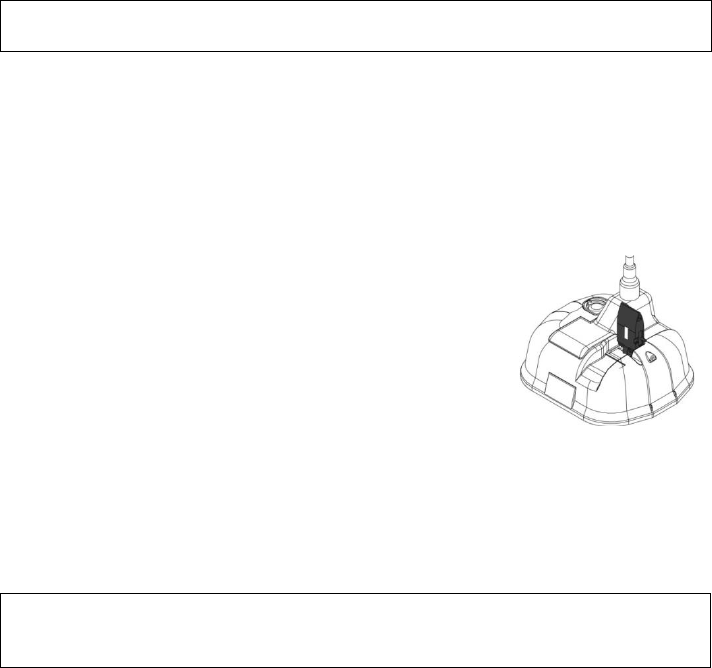
Y1-03-0233 Rev. D 25
9. Servicing the LowPro
3
™
To remove a beacon from the Category II bracket, lift the latch and release
the pressure from the beacon. The beacon will now be able to slide upwards
out of the bracket.
It is not anticipated that the LowPro
3
™
will require servicing other than
cleaning or, rarely, replacement.
Brackets are a key part of the overall beacon system. They hold a beacon
ready for deployment while preventing false alarms.
NOTE: Whenever a beacon is returned for service, it must be accompanied
by the bracket.
10. Self-Testing the beacon
The RLB-36 beacon may be self-tested as is warranted, up to a maximum of
sixty times in the five-year life of the battery, or once per month for the life of
the battery. Self-Tests can be performed randomly, however, ACR
recommends that you perform the Self-Test on a once per month schedule.
Do not exceed sixty (60) Self-Test cycles limit in the five-year life of the
battery, to conserve the battery for emergency use.
The functional Self-Test is initiated by momentarily
lifting the Activation Switch to a vertical position and
holding it in this position for at least one second and at
most four seconds. A beep indicates the initiation of
the Self-Test sequence. Self-Test will check battery
capacity and perform five functional test sequences as
described in the digital display Appendix.
The last green LED and the message SELF-TEST PASS on the display
indicate a successful test. If any of the individual tests fail during Self-Test,
there will be two beeps and a red LED flash, with the name of the test that
failed and an “X” on the display. Self-Test will discontinue at that point. See
Appendix D for digital display information.
NOTE:
The “beeps” are a very high-pitched tone that some people may not
be able to hear. When performing the Self-Test, you may follow the
messages on the digital display or you may count the green LED flashes.


















